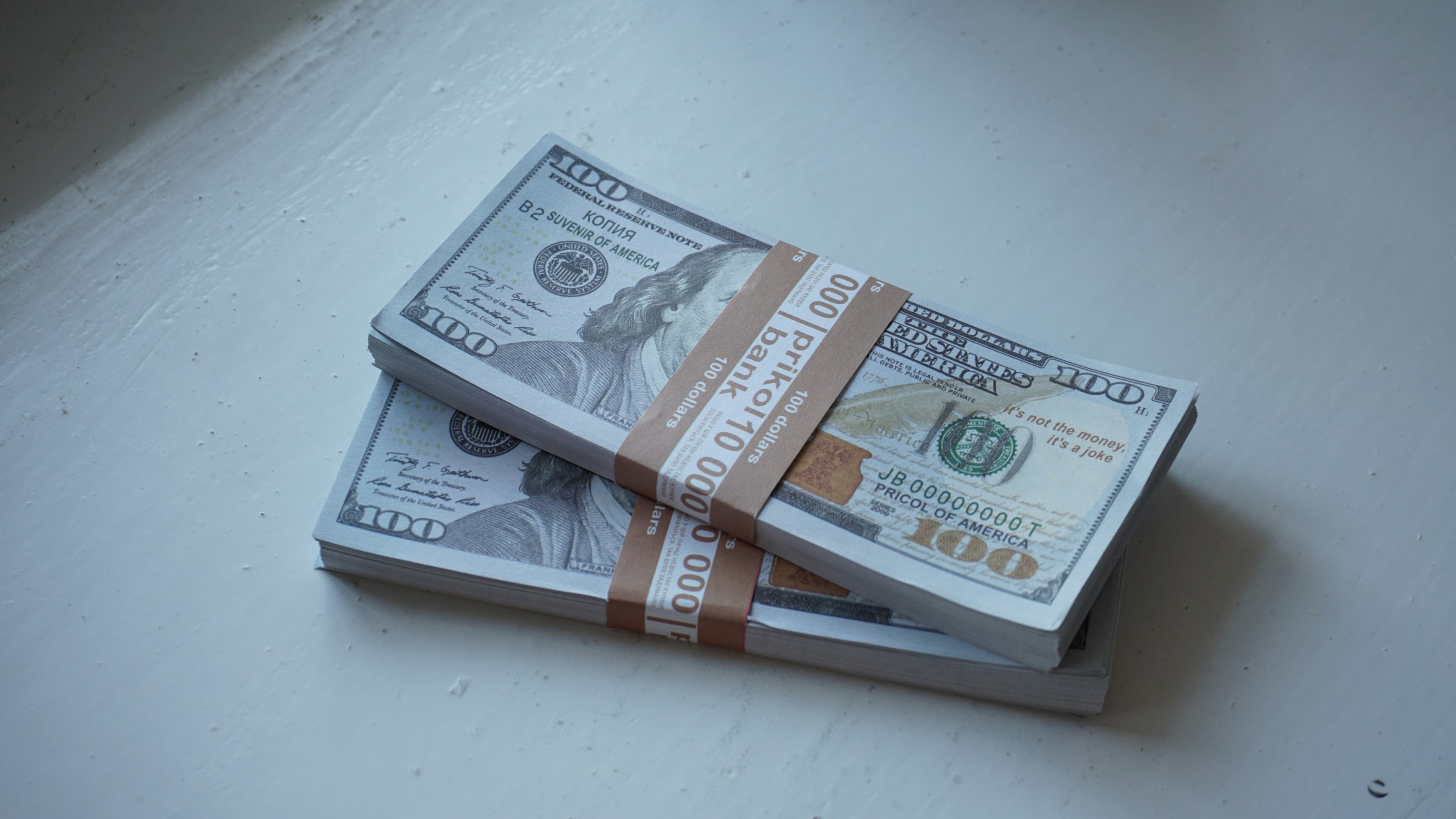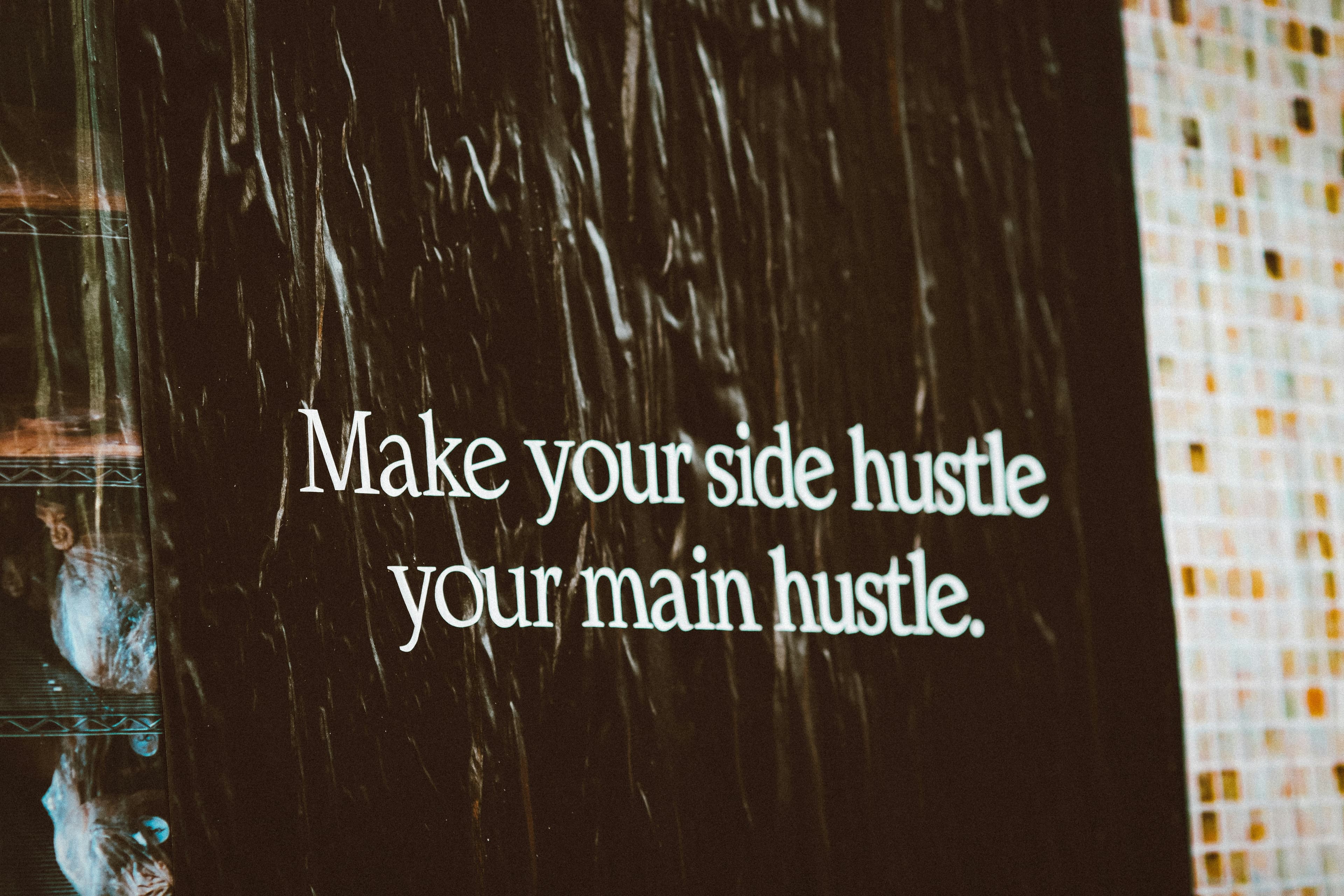Don't Just Build an Email List, Build a Business

The philosopher Mencius once said that a mountain trail, if used, quickly becomes a path. But if you stop using it, grass blocks it just as fast. This is the perfect way to think about the email list for your . A common mistake people make when they is collecting contacts and then letting them sit. An email list is like a muscle; if you don't use it, it weakens. Your contacts forget who you are and why they signed up.
After you've used lead magnets to get people on your list, the real work begins. You have to build the paths to communicate with them. The challenge is finding organic reasons to reach out that don’t feel like you’re desperately trying to get a second date with someone who isn't calling you back. You need to engage your audience and deliver real value to the relationship.
Most experts suggest emailing weekly to stay top-of-mind. Some even say daily. The goal is to keep your brand fresh so they remember the value you promised. If your emails go unopened, clients like Gmail will start hiding them in the promotions tab—or worse, the spam folder. The path is now blocked by grass. Instead of just blasting your list with promotions, let's reframe email as a tool for building relationships. Consistent, valuable communication builds loyalty and turns customers into advocates. It's not just cheaper to keep existing customers than find new ones; satisfied customers become your best marketing team.
Showing Your Value Through Stories
It’s generally understood that it can take anywhere from five to twenty interactions to turn a prospect into a customer. In a world where algorithms on social media act as gatekeepers, email is your direct line. When someone gives you permission to land in their inbox, you’ve bypassed the gatekeeper. This is a channel you simply have to use.
But you have to have something valuable to say. Email gives you the power to guide the buyer’s journey, but if you aren't adding value, people will unsubscribe without a second thought. That first impression is everything. Your very first welcome email is often the most opened and can bring in more sales than any other email you send.
This is where storytelling comes in. It’s an incredibly powerful tool in email because of the personal, one-to-one feeling it creates. Storytelling marketing. Instead of just telling people about your product, you’re showing them. You’re telling your brand’s story and showing the consumer how they can fit into it. For anyone , this is a critical skill. You want to make the customer the hero of the story—a concept expertly explained by Donald Miller in .
Just like you brainstorm keywords, you should brainstorm story themes. Think about new uses for your product, innovations in your industry, or stories from your team and customers. A great practical tip is to create a “digital story vault.” I use an app called Notion to jot down ideas, but even using the voice-to-text feature on your phone works. This vault becomes a goldmine of content for your or down the road.
The 7 Emails Your Business Needs to Send
To communicate effectively, you need a reason and a structure. A regular newsletter is a great start, but it's just one tool. You can organize your email marketing around what I call the seven primary communication pathways. These can be used alone or combined to keep your subscribers engaged.
1. The First Hello (Welcome Emails)
As mentioned, first impressions are critical. Welcome emails have an incredible open rate of over 80%, and more than 70% of people actually expect to receive one. This is your first real chance to tell your brand's story and forge a connection. Help Scout, a help desk software company, uses a five-email welcome sequence over seven days that introduces their content, shares customer stories, and ends with a special offer. Another example, a Polish coffee retailer named LandCafe, used a six-email sequence that generated sales from 54% of recipients—proving the power of a warm welcome.
2. Guiding the Journey (Lead Nurture Sequences)
This is a series of pre-scheduled emails triggered when a user shows interest in something specific, like downloading a guide. A lead nurture sequence is designed to build trust and move a potential customer closer to making a purchase. For example, Plumb’s Veterinary Drugs offered a free medication guide. They followed up with a three-email series sharing valuable content about their resources. This simple campaign converted an impressive 28% of the leads it generated.
3. The Consistent Check-In (The Newsletter)
The newsletter is the workhorse of . It provides value while keeping your brand at the forefront. The content can include company milestones, industry news, blog posts, or FAQs. The key is to be consistent and valuable. For my own list, I let subscribers choose if they want updates with each new blog post, a weekly newsletter, or just a monthly recap. Finding your rhythm might take some experimenting, so pay attention to your analytics to see what resonates with your audience.
4. Sharing What You Know (Educational Content)
This type of content can be part of another sequence or stand on its own. If you sell a product with a creative element, like art supplies or beauty products, an email series packed with tips and tutorials is pure value. This is a fantastic way to keep your audience engaged and informed, especially when launching a new product. A can thrive by establishing itself as a go-to educational resource.
5. Celebrating Together (Holidays and Seasonal Promotions)
Planning your promotional calendar around holidays and seasons is a smart move. For about half of small businesses in the U.S., holiday sales make up over 25% of their annual revenue. But it’s not just about Black Friday. You can also trigger emails for personal milestones like a customer’s birthday or the anniversary of them joining your list. These small touches show you value the relationship.
6. Bringing People Together (Events)
Whether it's an in-person conference, a virtual livestream with an influencer, or a local pop-up shop, events are a great reason to email your list. It’s about creating opportunities for your audience to experience your brand in a different way. Event emails inform, engage, and build a stronger community around your .
7. Making the Ask (Promotional Broadcasts)
I saved this one for last on purpose. For some companies, this is the only email they send, but it’s most effective you’ve built a relationship. Once you've provided value and built trust, your audience will be far more receptive to a direct sales pitch. These are your classic sales, discounts, flash sales, and new product announcements. The key is balance. If every email is a promotion, people will tune you out. The goal isn't just to make a sale; it's to engage your customer. For those looking to take their , mastering this balance is essential for creating .
Email is a uniquely powerful tool. It may have been around for decades, but it still has the highest ROI of any marketing strategy. Its true potential isn’t just in driving sales, but in building the relationships and trust that form the foundation of any successful venture, especially when you're .








